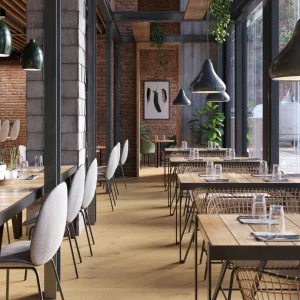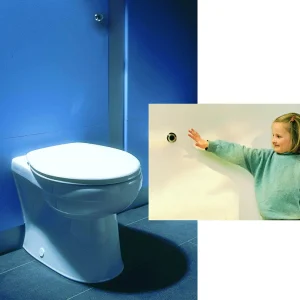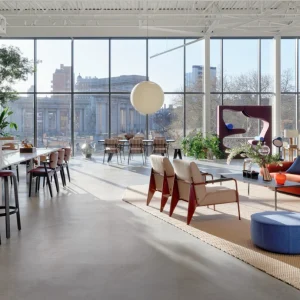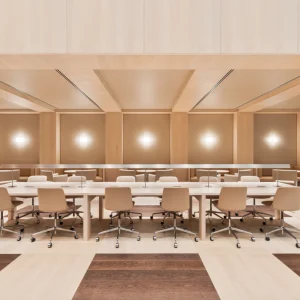
Last year, the New York Times (NYT) commissioned Edgar Martins to create a photo essay about American housing abandoned in the credit crunch. He produced a series called Ruins of the Second Gilded Age. After accusations of digital manipulation, the images were pulled from the NYT site. Martins has emphatically stated that ‘I never sought to pass the work as something it wasn’t,’ and has made clear that the hoo-hah hints at a ‘society that is particularly sensitive about its own crisis.’ The UK-based Portuguese photographer believes that the meaning of the world is no longer carried on its surface, if indeed it ever was. ‘It’s about time the Purists come to terms with this,’ he says. Perhaps the NYT should have realised a little earlier that it wasn’t dealing with a photographer from the realist tradition.
The very subject of Martins’ latest work is artifice. His most recent series, A Metaphysical Survey of British Dwellings, reveals one of the most mysterious visualisations of the built environment to be produced recently. Buildings of breezeblocks and blanked-out windows stand isolated in empty streets, where time seems suspended beneath a jet-black sky. Is this an abandoned civilisation, or a place captured in dream-time, or an exercise in stripping back to reveal an aesthetic free urbanism? ‘All of these,’ says Martins. It is also none of the above.
The location was actually a Potemkin-esque mock-up town built for police training. ‘It is a highly restricted site,’ reveals Martins, ‘which took me two years to get access to. This ultra-realistic specialist training centre is not just a simulacrum of contemporary British towns but also acts as a metaphor for the modern asocial city’. Its very subject is a pretence.
Martins says the Metaphysical Survey, his latest and perhaps most explicitly representational, relates to what French anthropologist Marc Augé called the ‘ethnology of solitude’. We can see here a new sort of Augé’s anonymous ‘non-places’, which constitute his Super modernity. The series was originally co-credited to Otto Nooa, a pseudonym Martins coined ‘to underscore the ambiguity of these images, by completely distancing them from context, space, time and author’. Only one image contains human presence – in Poppets, a woman leans on a corner, perhaps eating an apple. ‘In most of my series there is always a single figure somewhere,’ says Martins. ‘It provides scale and form. It is a vessel of sorts – a vessel that we, the viewer, can immediately embody.’
Martins’ work draws deeply on ideas about perception. To him, Heisenberg’s Uncertainty Principle, is key. The principle states that at a quantum level the act of observing alters what is observed. Martins interprets this as ‘a performance of space’. He continues: ‘I like the possibilities that they open up… if one is able to slow down time for long enough one may just be able to capture this. I do not see the objects and/or landscapes depicted in my pictures as that, but as events… They portray a memory of an event’.
Growing up in Macau, China, a densely populated former Portuguese colonial enclave full of go-go neon casinos, Martins was fascinated by the speed of construction and culture of constant change. ‘There is no doubt that it awakened my critical eye…It changes at such a fast pace that it is marked by the sense that things are forever unreachable’. There, he studied philosophy, which helped him ‘to cultivate and develop abstract thought’. Initially, these thoughts were expressed in writing – he published an ‘experimental biopoetic- philosophical-novel’ at 18. He went on to study photography at the Royal College of Arts and The London Institute, and, since then, his many photographic series have been exhibited widely and collated in books.
Martins’ first retrospective, The Wayward Line, opens at the Calouste Gulbenkian in Paris on 20 October. He will come to it from photographing hydro-electric installations in remote Portuguese hinterlands. Doubtless those pictures will continue his personal exploration of reality’s mysteries. ‘When I produce images,’ he says, ‘I wrestle with photography itself. For the most part it is a solitary experience. And it is this that I seek to convey to the viewer’.





